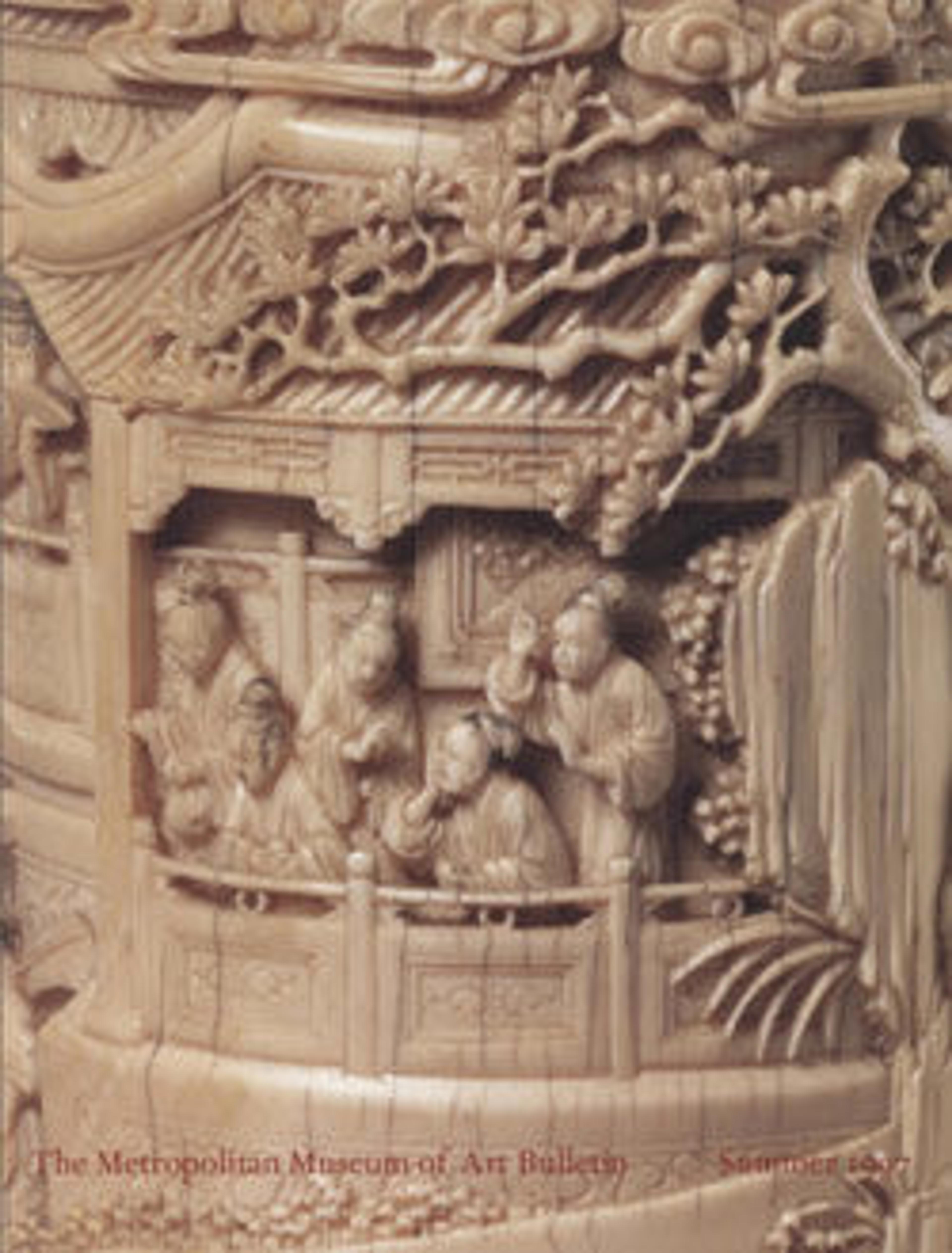Boy with water buffalo
Auspicious symbols and visual puns expressing good wishes are recurring themes in Chinese decorative art. A delightful example is this white nephrite sculpture that depicts a small boy gently prodding his companion, a large water buffalo, with a stalk of rice. The ears of rice symbolize a good harvest and rhyme with the Chinese word for “year” (sui), thus implying the wish for “a good harvest year after year” (sui sui nian feng).
Artwork Details
- 清 玉雕牧童水牛
- Title: Boy with water buffalo
- Period: Qing dynasty (1644–1911)
- Date: 18th century
- Culture: China
- Medium: Jade (nephrite)
- Dimensions: H. 5 3/16 in. (13.2 cm); W. 4 3/16 in. (10.6 cm); L. 7 5/16 in. (18.5 cm)
- Classification: Jade
- Credit Line: Gift of Heber R. Bishop, 1902
- Object Number: 02.18.438
- Curatorial Department: Asian Art
More Artwork
Research Resources
The Met provides unparalleled resources for research and welcomes an international community of students and scholars. The Met's Open Access API is where creators and researchers can connect to the The Met collection. Open Access data and public domain images are available for unrestricted commercial and noncommercial use without permission or fee.
To request images under copyright and other restrictions, please use this Image Request form.
Feedback
We continue to research and examine historical and cultural context for objects in The Met collection. If you have comments or questions about this object record, please contact us using the form below. The Museum looks forward to receiving your comments.
